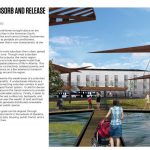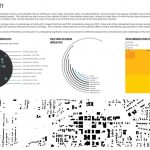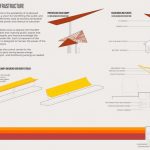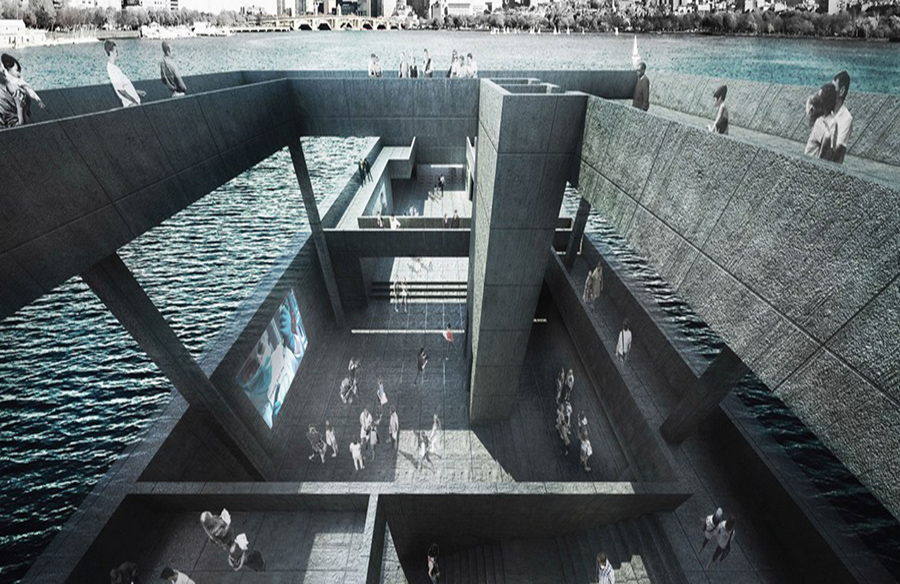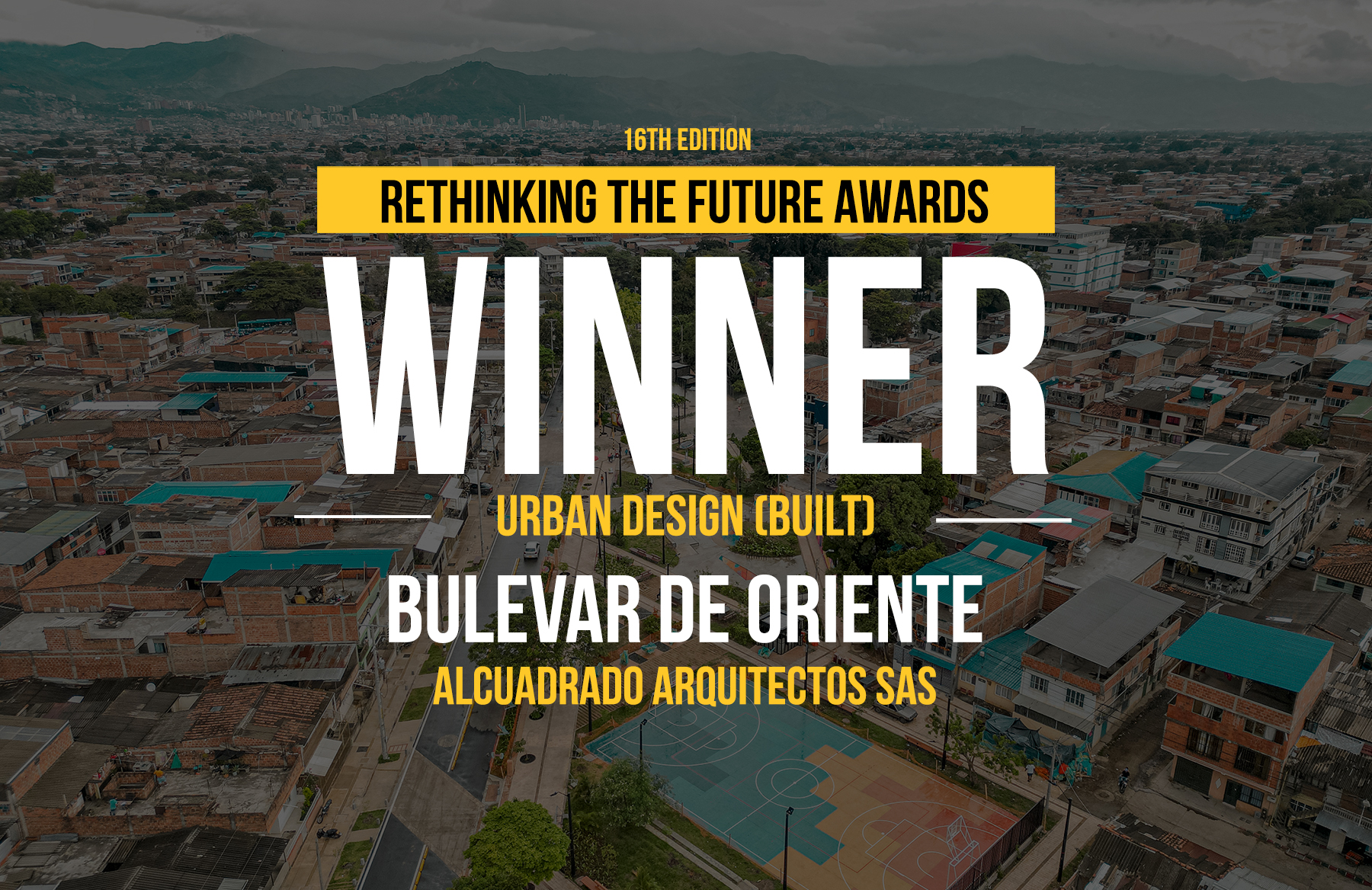The advent of the air-conditioner brought about an era of explosive growth for cities in the American South. Previously bridled by a hot and humid climate, Southerners became reliant on cars as portable air-conditioners, enabling the urban sprawl that is now characteristic of the region.
RTF Sustainability Awards 2017
First Award | Category: Transportation
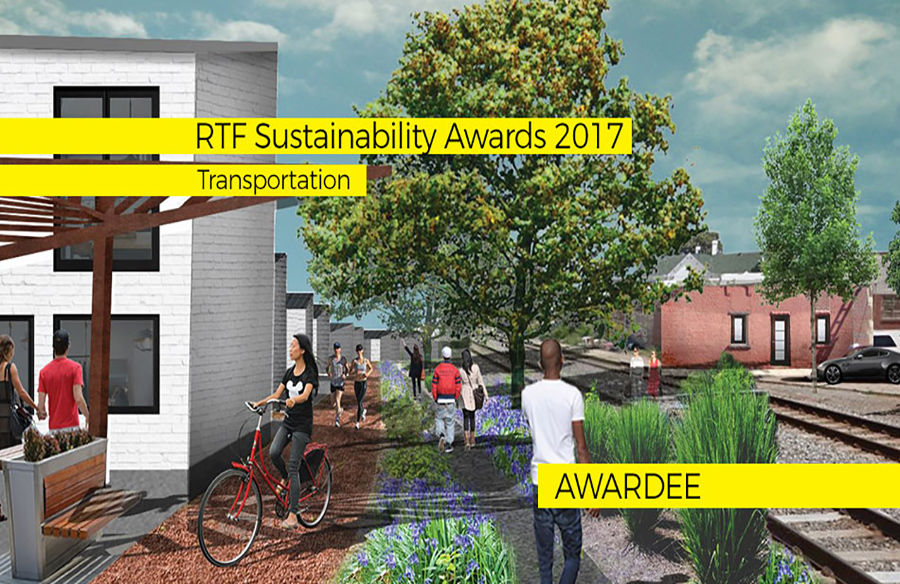
| Project Details | |
| Architect: | Zazu Swistel |
| Team Members: | Anna Morrison Henry Neuwirth and Swistel |
| University: | University of Virginia |
| Country: | United States |
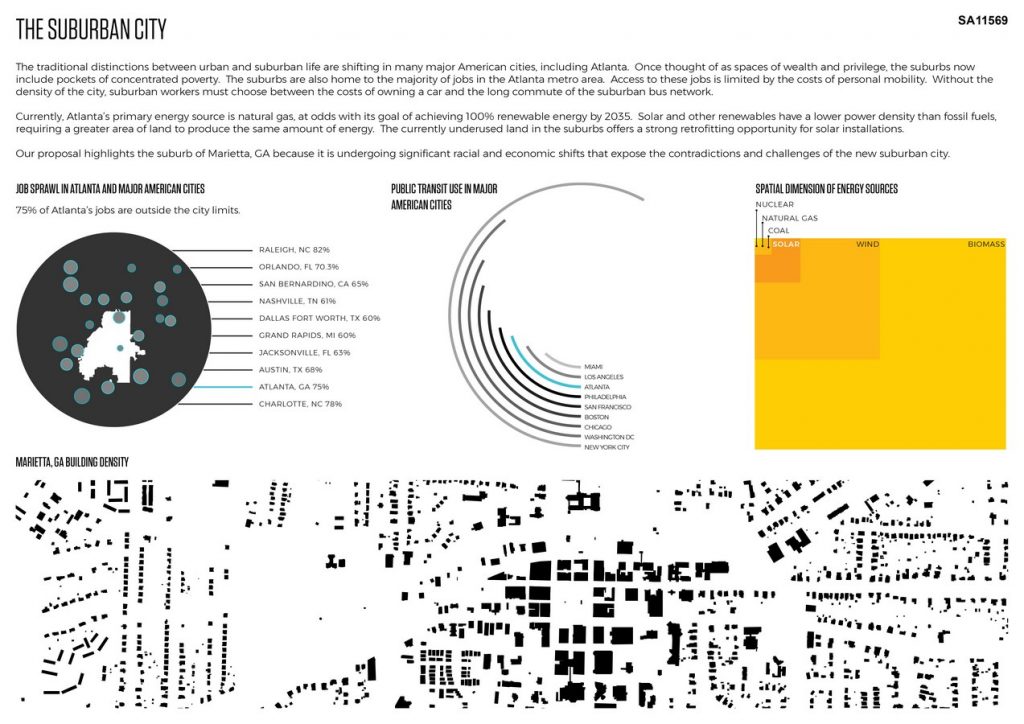
©Zazu Swistel
Today Atlanta, Georgia is more suburban than urban, spread wide around the urban core. Though most suburban Atlantans also work in the suburbs, the metro region remains organized around a hub-and-spoke model that no longer reflects the spatial patterns of life in Atlanta. This mismatch results in poor connectivity, isolated poverty, and the dangerous dependence on a few arteries to transport people, food, and energy around the region.
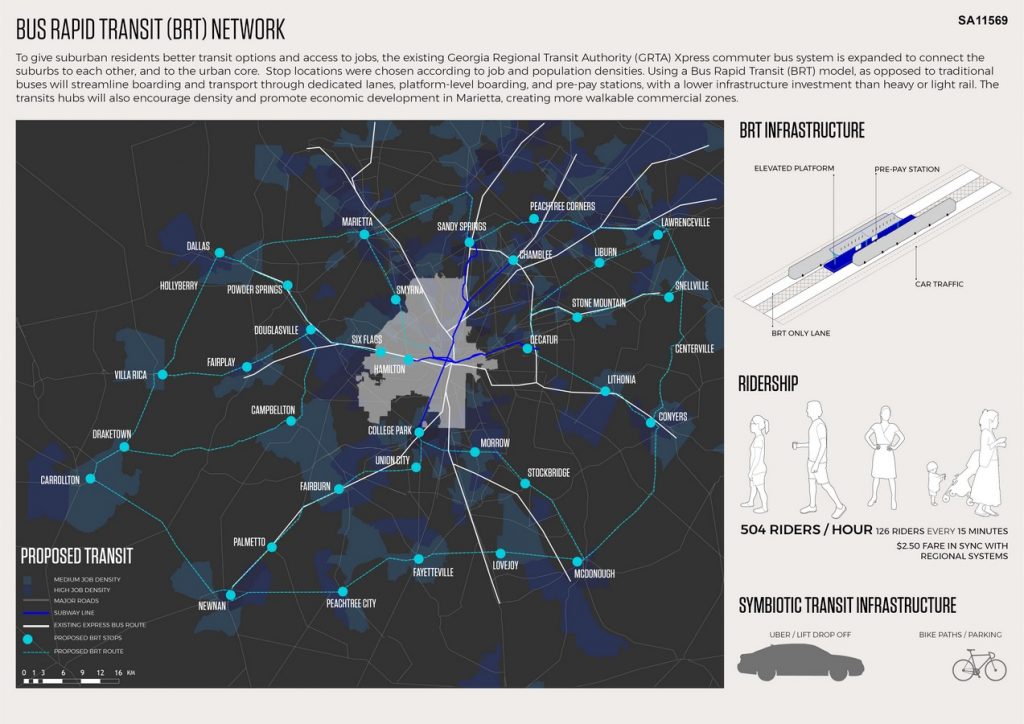
©Zazu Swistel
Our proposal seeks to resolve the weaknesses of a suburban city and leverage the benefits. It understands Atlanta as a multi-nodal network, connecting suburban centers to each other through a Bus Rapid Transit system. It calls for denser housing development around the transit stations to provide more affordable and sustainable options. Finally, it seeks to get more value out of the vast surface lots, backyards, and strip malls. Our proposal uses the wealth of land and heat in the Atlanta suburbs to generate distributed renewable energy and create cooler public spaces.
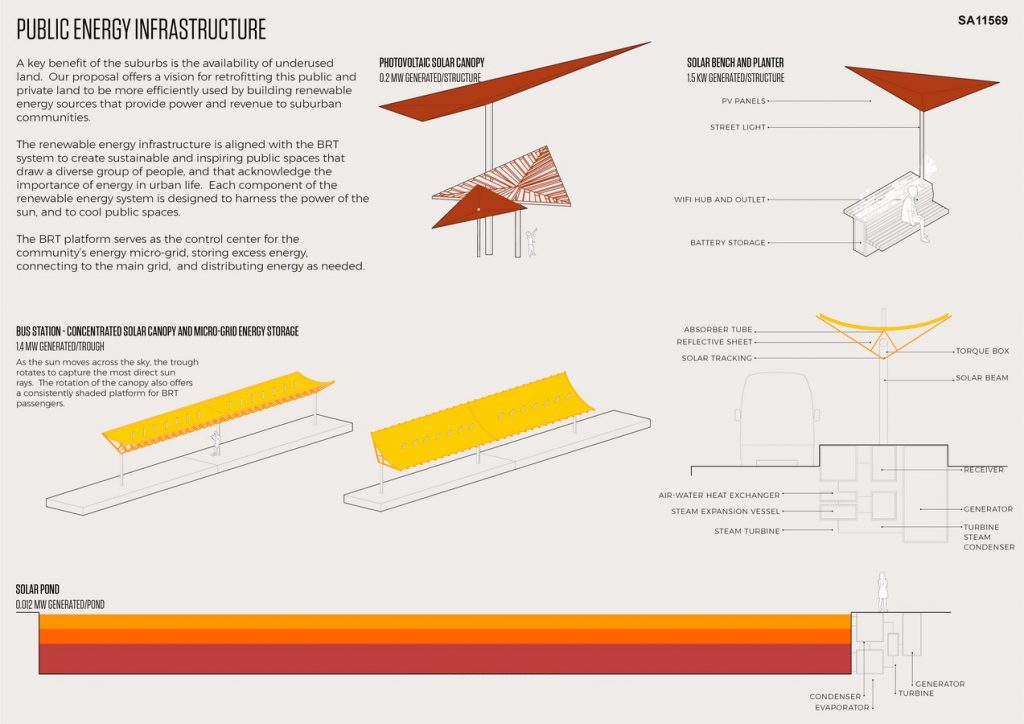
©Zazu Swistel
We illustrate how these goals can be aligned through spatial and financial instruments in the suburb of Marietta, GA, to open up access to jobs, housing, public transit, and a more resilient infrastructure.
- ©Zazu Swistel
- ©Zazu Swistel
- ©Zazu Swistel
